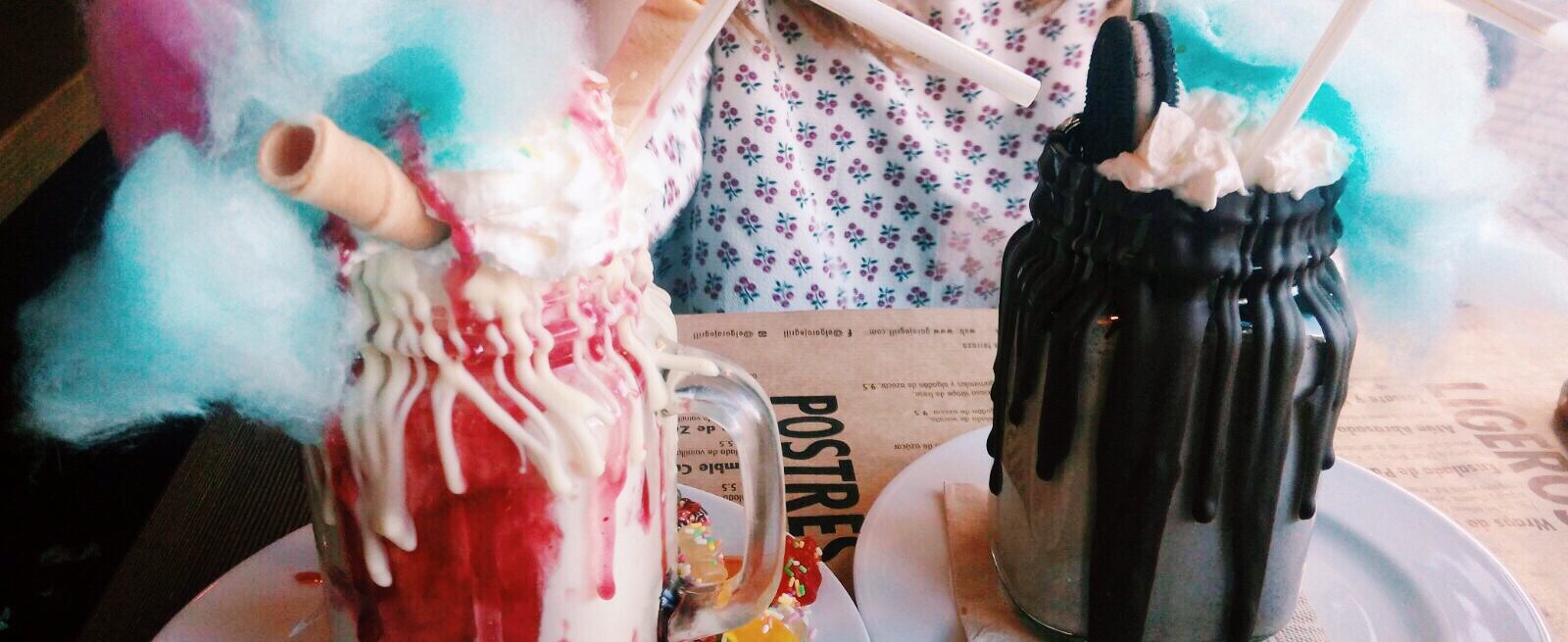Is the Restaurant ‘Experience Economy’ Overrated?
3 Min Read By Nick Hucker
A lot of emphasis has been placed on the “experience economy” and it seems many restaurants are looking to offer something ‘different’ to attract customers. Whether it’s a robot waiter, interactive dining tables or a kooky menu, the sense that a brand needs to stand out from the crowd in order to beat off the competition is pervasive. At a time when many food chains in the U.K. are struggling, there’s a divide between what consumers want from a place to eat, and what the industry thinks they want.
54 percent of restaurants think customers are looking for a unique experience – they’re wrong.
According to fresh research by digital ordering technology provider Preoday, this attention may have been misplaced. During this time of industry struggles, perhaps more care needs to be given to those essential elements customers care the most about. It is estimated 54 percent of bar, pub and restaurant professionals believe consumers are looking for a unique experience, however, just 21 percent of consumers actually factor it into their choice of eatery and a tiny 2 percent see is as the most important feature.
The research explored whether industry professionals understand the true needs and wants of customers. Asking consumers to identify what they look for in a food venue, it found that a great menu (91 percent) came out on top, closely followed by the quality of the food (85 percent). When asked what it is about the menu that most appeals, 57 percent of consumers said it was the variety, while 44 percent referred to the descriptions used and 26 percent were drawn in by the format and appearance.
The professionals recognized the importance of the menu, though they put the importance of food quality (69 percent) in front of the menu itself (63 percent).
Also at odds with consumer opinion was the importance of great staff – while, at 66 percent this was the third most important feature for consumers, less than half (46 percent) of the professionals identified high quality staff as a key need for customers.
Data for Menu Success
Just over half (56 percent) of the professional respondents, whose businesses let customers order food via a website or mobile app, are being given access to customer data by their technology supplier.
Preoday asked those with access what they are using the gathered data for: 71 percent are making use of it to improve their marketing but less than half (48 percent) use it to improve their menus and operations.
Where possible, customer data should be gathered and applied to the benefit of the business; the information it provides can be used to decipher the most popular items on a menu, the average spend for customers per course and how choices change according to the season and around events. It’s great that 48 percent are using their data in this way, but it means more than half are not and could be losing customers – most of whom, our research shows, are judging them by their menu.
Testing the needs and demands of customers against their favourite food and drink venues, Preoday asked consumers to nominate their favorite restaurant chain. The most popular response was TGI Friday’s, followed closely by Wagamama and then Zizzi, though it should be noted that an equal number of people claimed to dislike or not have a favourite chain, as those that selected TGI Friday’s.
Consumers commented on what they do and don’t like about eating out:
Birgitta, Yorkshire : “I will choose a restaurant based on the food being offered, something interesting or out of the norm will always attract me. If I’m planning where to go, I turn to online reviews to help me decide. Maybe it’s just me, but I like somewhere that’s not so loud that I can’t hold a conversation!”
Tom, Surrey: “The thing I love about eating out is that I can eat food from all different cultures and of a quality that I couldn’t hope to produce – whether through time constraints or a lack of skill. I’m put off eating out where the food is prohibitively expensive or easy to reproduce – it’s very rare that I will order pasta for example.”
Jennifer, Essex: “When I go out to eat it’s usually so I can socialise with friends or family, I want somewhere that has a relaxing atmosphere and where I feel looked after. I’m also keen on menu variety and trying something different. If a place has a bad atmosphere it’s a no-no for me.
Catherine, London: “When I eat out I’m looking for food which I wouldn’t be able to, or want to, cook for myself at home. To me, eating out is an occasion, I use it to catch up with friends and I like to take my time, not be rushed out of the door. If the service is unfriendly at a restaurant, I am unlikely to return. Similarly if the environment is uncomfortable or imposing.”
Preoday’s report reflects the anonymised responses of 476 consumers and 205 food and drink service professionals, based in the UK, during March – April 2018.


